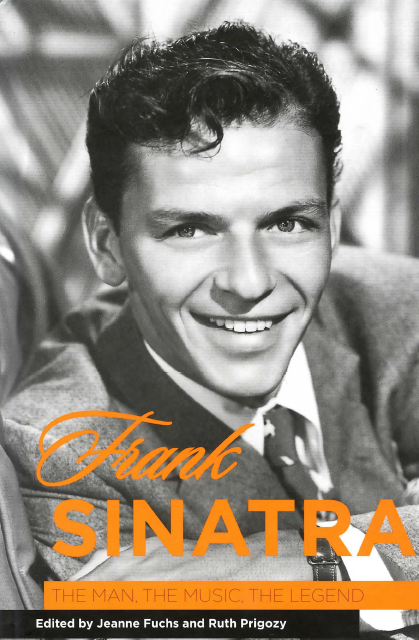9 - Sinatra in (Lyrical) Drag
Published online by Cambridge University Press: 10 March 2023
Summary
In his book, Sinatra! The Song Is You: A Singer's Art, Will Friedwald cites “Someone to Watch over Me” as the kind of song Sinatra sang to project a poignant, vulnerable persona so that “bobby-soxers wanted to mother him as well as wrestle him in the back of a DeSoto.” There are two significant facts about that choice of song that I want to explore in this chapter. First, at the time he recorded it, “Someone to Watch over Me” was an old song from an almost forgotten Broadway musical, Oh, Kay!, which George Gershwin wrote with his brother Ira in 1926. Second, it was written for a female performer—Gertrude Lawrence.
So many of the songs Sinatra has helped transform into standards—“April in Paris,” “The Lady Is a Tramp,” “Little Girl Blue,” “My Funny Valentine,” “I Get a Kick Out of You,” “Just One of those Things,” “It Never Entered My Mind,” “But Not for Me,” and “Bewitched, Bothered and Bewildered”—were also written for female performers—Ginger Rogers, Vivienne Segal, Ethel Merman—in Broadway shows of the late 1920s and 1930s. By contrast, Sinatra has recorded relatively few songs from Broadway musicals from his own era, the so-called age of “integration” that was launched with the 1943 Rodgers and Hammerstein production of Oklahoma! Why did Sinatra choose to sing songs from these old shows and why did he confine himself almost exclusively to songs written for women? Finally, how did the singing of such “female” songs help define his singing persona?
While Broadway songs before Oklahoma! may have lacked full integration into the characters and story of the book, theater songs of the 1920s and 1930s had a related quality, sometimes dubbed “particularity,” which sets them apart from the more banal products of Tin Pan Alley. “Someone to Watch over Me,” for example, takes the standard Alley cliché of a girl longing for the boy of her dreams but givesit a fresh twist that defines it apart from other songs cast in this mold. Although the singer is yearning for an unnamed “someone,” instead of innocence she exudes a world-weary sophistication.
- Type
- Chapter
- Information
- Frank SinatraThe Man, the Music, the Legend, pp. 73 - 82Publisher: Boydell & BrewerPrint publication year: 2007



